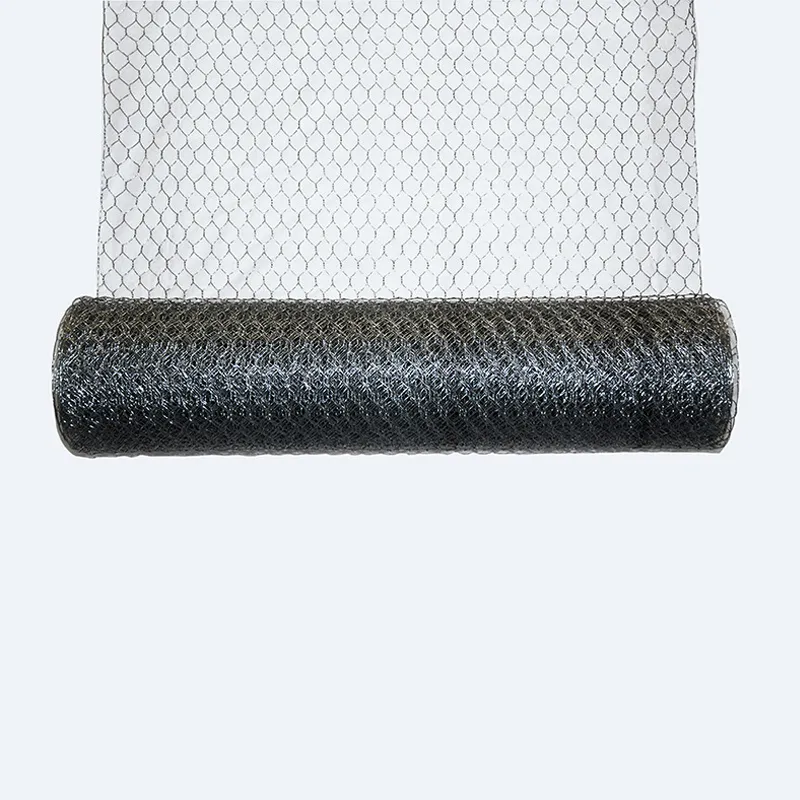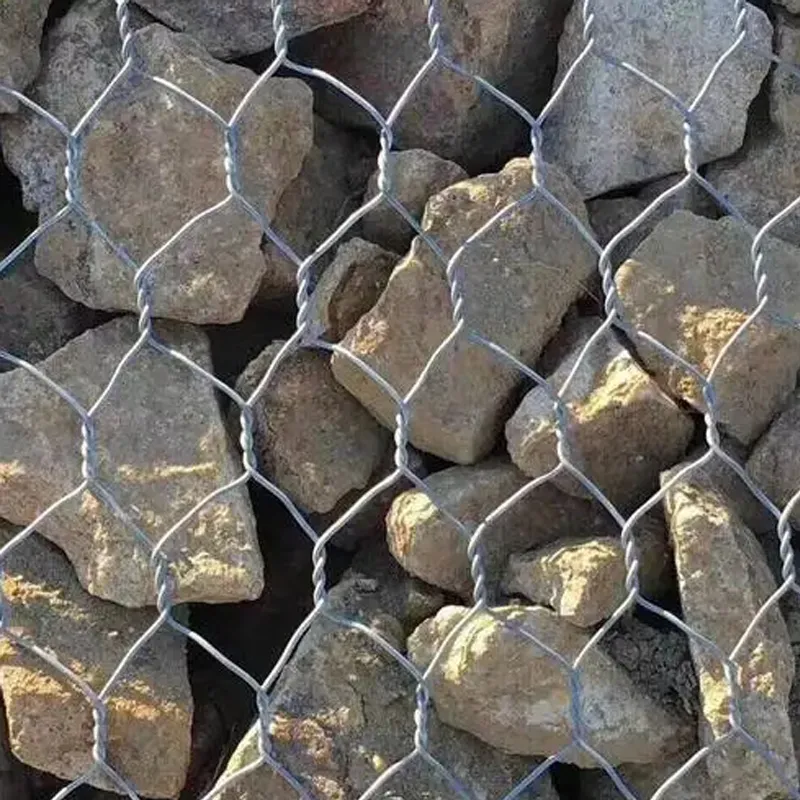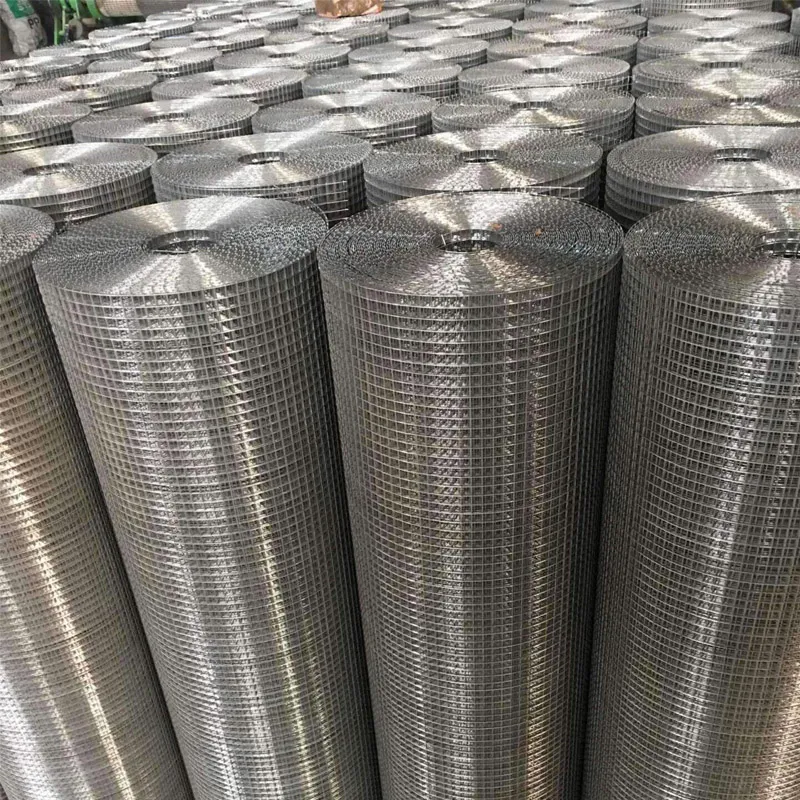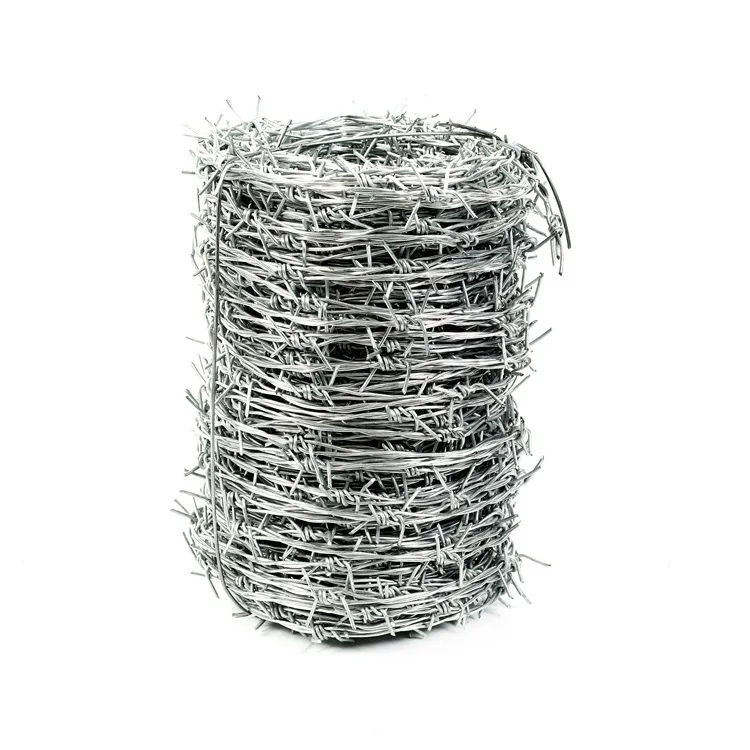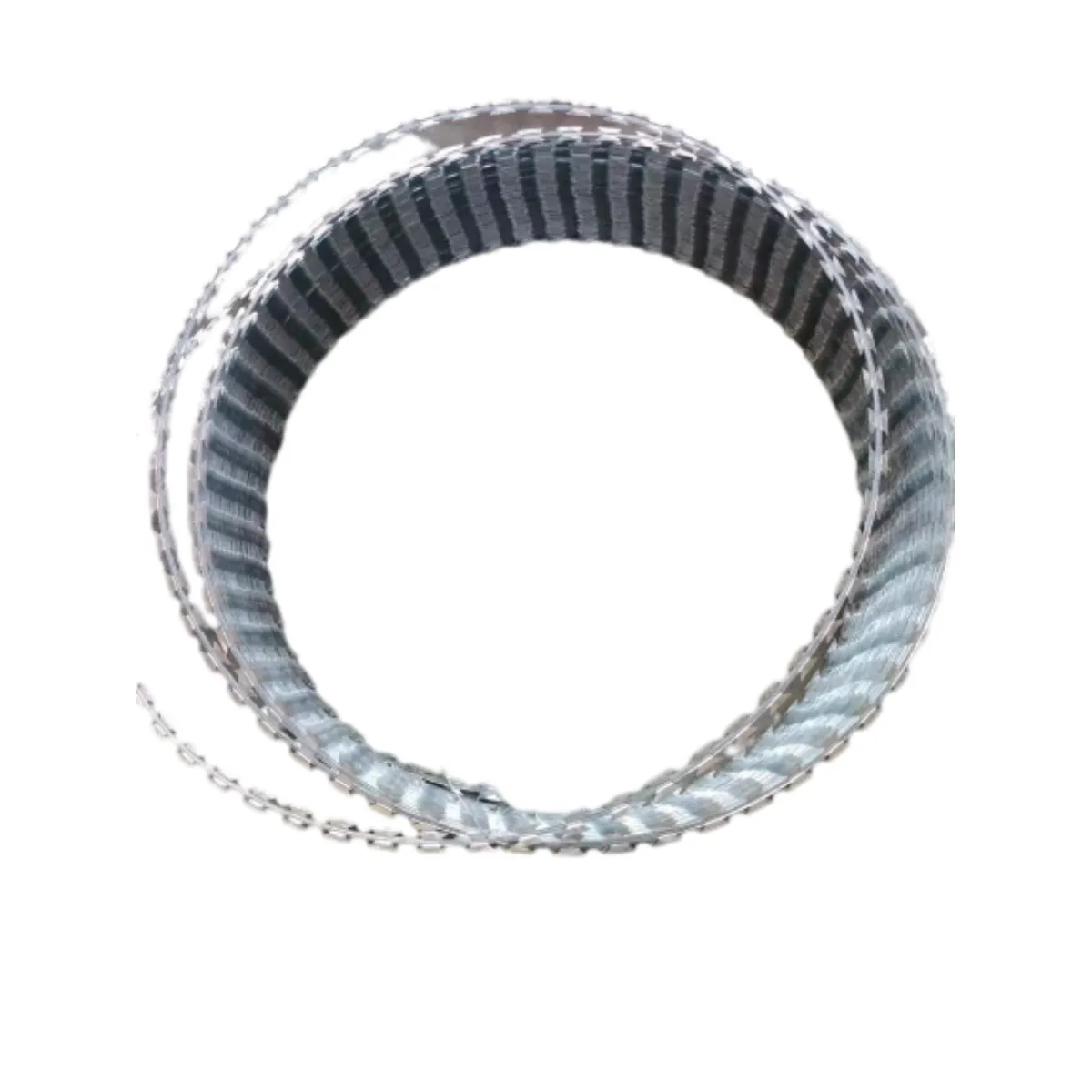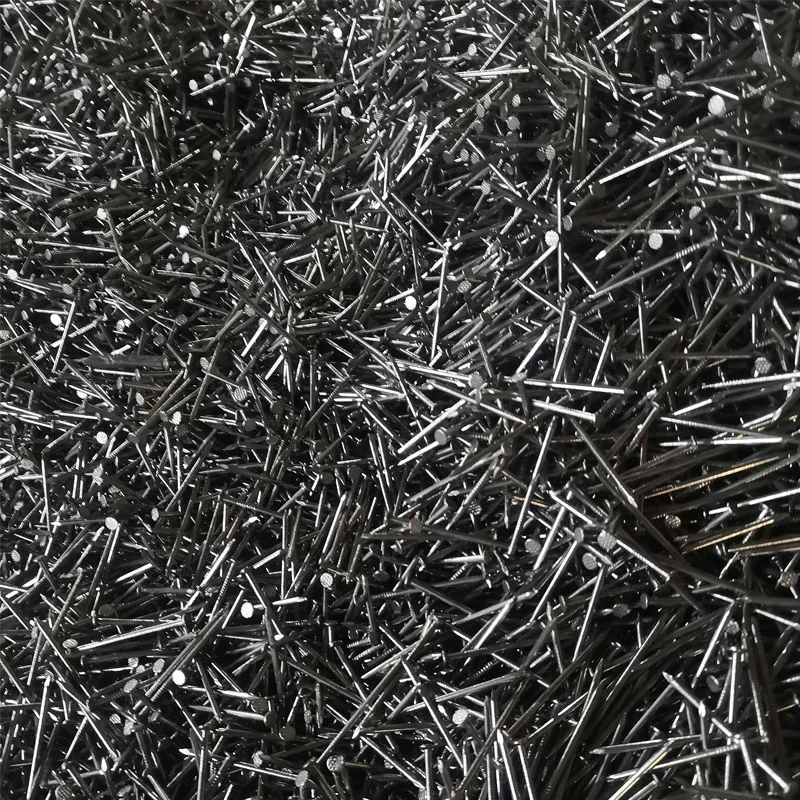Jun . 03, 2025 14:12 Back to list
Field Fence Cost Per Foot Low Prices & Durable Options
- Understanding Field Fencing Cost Variables
- Data Insights: Current Fencing Material Pricing
- Engineering Advantages Driving Value
- Manufacturer Price-Benefit Analysis
- Customization Impact on Project Budgets
- Real-World Agricultural Applications
- Strategic Planning for Field Fence Cost per Foot
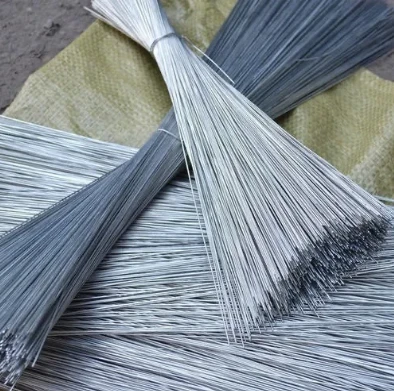
(cost of field fence per foot)
Understanding Field Fencing Cost Variables
Accurately budgeting for agricultural fencing requires analyzing multiple cost factors. Material selection remains the primary expense driver - galvanized steel versus polymer-coated options can create a 30-45% price differential. Height specifications substantially affect expenses; increasing from 47" to 55" elevates costs by approximately $0.18-$0.22 per linear foot. Installation variables including terrain complexity and post spacing requirements further influence final project expenses. Labor constitutes 40-60% of total project costs in developed regions, while remote locations may incur 20-25% surcharges. Seasonal material fluctuations cause notable price variances, with steel products typically increasing 5-8% during peak construction periods.
Data Insights: Current Fencing Material Pricing
Recent market analysis reveals distinct pricing tiers within the agricultural fencing sector. Standard galvanized field fencing starts at $0.85-$1.25 per foot for basic configurations, while high-tensile options range from $1.35-$1.80 per foot. Polymer-coated alternatives command premium pricing between $1.65-$2.15 per foot due to extended lifespan warranties. Material thickness significantly impacts durability and cost - 12.5-gauge fencing averages 22% higher than 14-gauge equivalents but delivers superior impact resistance. Regional pricing disparities exist nationwide, with Southeastern states averaging 15% below coastal markets. Volume discounts become substantial at scale, with 5,000+ foot projects qualifying for 10-18% bulk savings.
Engineering Advantages Driving Value
Innovative manufacturing technologies now enable cost-efficient perimeter security without compromising durability. Variable hinge designs allow 20-40% greater flexibility upon impact, reducing livestock injury rates by 28% according to USDA studies. Advanced galvanization processes like G-90 coating provide triple-layer zinc protection extending functional lifespan to 25+ years in temperate climates. Computational tension modeling enables 15% material reduction while maintaining structural integrity, translating to $1,500 savings per mile installed. Interlock mechanisms prevent vertical dropping when wires break - a critical feature preventing costly containment breaches that costs producers $8,000 annually per incident.
Manufacturer Price-Benefit Analysis
| Supplier | Material Technology | Lifespan (Years) | Cost Per Foot | TCO/Decade |
|---|---|---|---|---|
| AgriSteel Pro | Triple-galvanized | 22-25 | $1.28-$1.55 | $0.51 |
| FieldGuard Plus | Polymer hybrid | 18-20 | $0.95-$1.25 | $0.62 |
| RanchMaster HD | High-tensile alloy | 30+ | $1.70-$2.05 | $0.68 |
| EconoFence Basic | Standard galvanized | 12-15 | $0.82-$1.10 | $0.73 |
Total Cost of Ownership calculation includes installation and maintenance expenses
Customization Impact on Project Budgets
Tailored fencing solutions address specific agricultural needs but affect expenditure parameters. Pasture rotation systems require 17-21% greater post density than stationary boundaries, increasing costs by approximately $0.75 per linear foot. Predator-deterrent configurations featuring buried aprons and tension wire systems typically add $1.80-$2.25 per foot to base material expenses. Corner fortification packages using reinforced bracing systems add 12-15% to installation costs but reduce maintenance frequency by 40%. Custom heights beyond standard 47"-55" ranges incur incremental charges; 60" specialty fencing costs an additional $0.45-$0.60 per foot. When planning containment expansion projects, phased installations offer 10-15% capital savings versus single-stage developments.
Real-World Agricultural Applications
Practical implementation data demonstrates significant cost variations across different operations. Nebraska cattle operations report $1.05-$1.35 per foot expenditures for basic rotational grazing systems using 1320-foot sections. Vineyard perimeter security installations in Napa Valley average $8,500 per acre with specialized wildlife-deterrent designs. Equine facilities invest 18-22% more in visual barrier enhancements averaging $2.65 per foot. USDA conservation programs offset costs by $0.60 per foot through EQIP initiatives on qualifying properties. A Tennessee dairy operation documented 14% annual savings with high-tensile fencing that resisted cattle pressure 35% more effectively than conventional alternatives.
Strategic Planning for Field Fence Cost per Foot
Optimizing field fencing investments requires long-term economic perspective rather than upfront cost minimization. Operations saving $1,500 per mile by selecting entry-level materials typically incur $3,200 in replacement costs within a decade. Proper drainage integration prevents 78% of premature corrosion failures according to extension service data, extending functionality by 8-12 years. Progressive installations synchronize boundary expansion with operational scaling, avoiding unnecessary capital allocation. Maintenance reserving at $0.15 per linear foot annually prevents major reconstruction expenses. Advanced manufacturers now provide virtual site planning tools enabling 3D modeling with precise cost projections - Wisconsin farms reported 92% budget accuracy using these systems during 2023 implementations.

(cost of field fence per foot)
FAQS on cost of field fence per foot
Q: What is the average cost of field fence per foot?
A: The average cost ranges between $1.50 to $4.50 per linear foot. Prices vary based on height and material gauge. Always include installation and accessories in budget estimates.Q: How does height impact field fencing cost per foot?
A: Taller fences (6-8 feet) cost $0.20-$0.80 more per foot than standard 4-foot designs. Extra height requires more material and sturdier posts. Livestock containment needs directly influence this price variable.Q: Does wire gauge affect field fence cost per foot?
A: Yes, thicker gauges (12-14) cost 15-30% more than lighter gauges (16-17). Heavy-duty wire lasts longer but raises material expenses. Consider animal pressure when choosing gauge thickness.Q: What are installation costs for field fence per foot?
A: Professional installation adds $2.00-$5.00 per linear foot. Labor covers post-setting, stretching, and tensioning. DIY can save 60% but requires equipment rentals.Q: Why do field fence prices per foot vary regionally?
A: Material availability and local labor rates cause price differences. Midwest farms may pay 10% less than coastal areas. Always get multiple local quotes for accurate budgeting.-
Pre Cut Wire - Straightened, Deburred, Custom Lengths
NewsNov.17,2025
-
Binding Wire for Sale - Durable, Rust-Resistant, Bulk Deals
NewsNov.17,2025
-
Field Fencing for Horses – Safe, Durable, Easy Install
NewsNov.17,2025
-
Euro Fence Factory: Durable, Custom Euro Style Fences
NewsNov.17,2025
-
Euro Fence Factory: Durable OEM Panels, Direct Pricing
NewsNov.17,2025
-
Chain Link Fence Suppliers | Galvanized, Factory-Direct
NewsNov.11,2025


